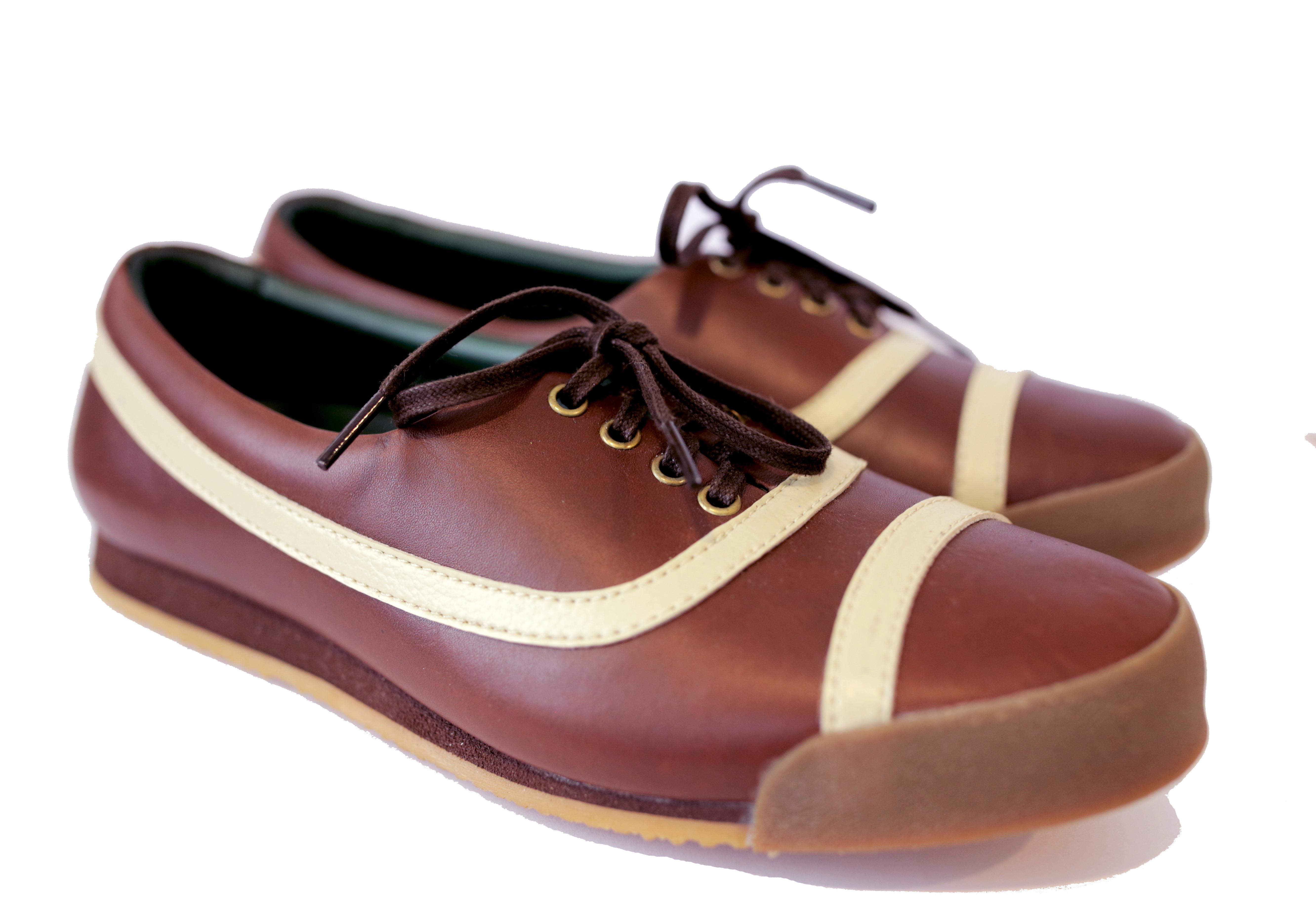Footwear market evolution in response to the increasing popularity of athleisure and sportswear has significantly reshaped consumer demand and brand strategies over the past decade. As wellness trends continue to rise, consumers are looking for footwear that not only supports an active lifestyle but also aligns with modern fashion sensibilities. This shift has led to the convergence of performance and style, where shoes are no longer solely designed for athletic purposes but also serve as fashion statements. The growing demand for athleisure has become a driving force for innovation and change in the footwear market, leading to the emergence of new designs, technologies, and consumer expectations.
Athleisure, characterized by comfortable, performance-oriented clothing that can transition from gym wear to casual outfits, has made a significant impact on the footwear industry. Consumers are no longer satisfied with shoes that only serve one purpose. They want footwear that can support their workout routines but also look stylish enough to wear on a daily basis. As a result, brands like Nike, Adidas, Under Armour, and Puma have invested heavily in designing versatile shoes that combine performance with aesthetics. Sneakers, running shoes, and cross-trainers have evolved to become key staples of everyday fashion, especially in urban areas where the athleisure trend is most pronounced.
This evolution has prompted footwear companies to develop innovative designs and materials to meet the growing demand for both comfort and style. Cushioning technologies such as Nike’s Air, Adidas’ Boost, and Under Armour’s HOVR have become integral components of modern sneakers, providing the support needed for sports and fitness activities while ensuring comfort for all-day wear. These technologies are a response to consumer needs for shoes that can withstand the rigors of exercise while offering durability and comfort during casual use. As activewear brands expand their product offerings, footwear has become an essential part of the athleisure experience.
In addition to performance features, style has become a major selling point. The once clear divide between sportswear and casual fashion is blurring, with sneakers becoming a central element of daily wardrobes. High-end designers and fashion houses are also tapping into the athleisure trend, creating collaborations with athletic brands to produce limited-edition footwear collections. For example, the partnership between Adidas and fashion icon Kanye West led to the creation of the popular Yeezy line, blending high fashion with athletic functionality. This growing overlap between the sportswear and fashion industries has further pushed the boundaries of what constitutes a “sporty” shoe, with bold designs and statement-making silhouettes appealing to a broader audience.
The rise of athleisure has also had a profound impact on the retail sector. Traditional footwear brands have shifted their focus to appeal to the lifestyle needs of a broader customer base, extending their reach beyond just athletes and fitness enthusiasts. The growth of online shopping and direct-to-consumer (DTC) models has also played a role in the market’s evolution, with consumers increasingly shopping for performance shoes that cater to their everyday needs, from workouts to social gatherings. Retailers are now offering a wider range of athleisure-inspired footwear, meeting the demand for versatility and fashion-forward designs.
Additionally, sustainability has become a key focus within the athleisure footwear market. As consumers become more environmentally conscious, brands are integrating eco-friendly materials into their designs, creating shoes that are not only performance-driven but also environmentally responsible. Recycled materials, plant-based synthetics, and sustainable production processes are becoming common in the footwear lines of major brands, as they strive to appeal to the growing number of eco-aware consumers.
In conclusion, the footwear market’s evolution in response to the increasing popularity of athleisure and sportswear reflects a fundamental shift in consumer expectations. Today’s footwear serves as both a performance tool and a fashion accessory, designed for versatility, comfort, and style. The integration of innovative technologies, stylish designs, and sustainable practices is driving the industry forward, positioning athleisure-inspired footwear as a major force in the global market. As these trends continue to evolve, footwear brands will need to stay agile and innovative to meet the ever-changing needs of active, fashion-conscious consumers.



